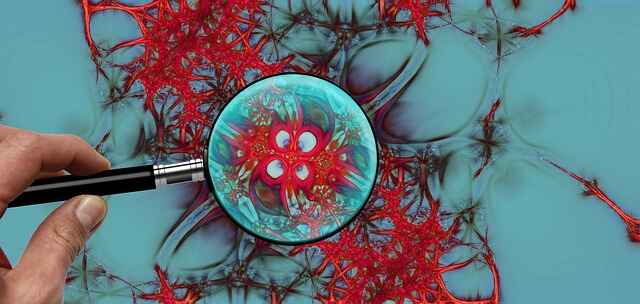What is Schwannoma?
Schwannoma is a very rare form of tumor that develops in the nervous system. Schwann cells are the source of schwannoma growth. The nerve cells of the nervous system are supported and shielded by Schwann cells. Schwannoma tumors are generally benign, which means they are not malignant. However, they can sometimes develop into a malignancy.
A schwannoma is a tumor that arises from a single bundle (called a fascicle) inside the main nerve and pushes the rest of the nerve aside. Schwannomas are sometimes known as neurilemmomas or neuromas.
If a schwannoma becomes malignant, it is known as a soft tissue sarcoma.
Cancerous schwannomas most commonly damage the sciatic nerve in your leg, the brachial plexus nerves in your arm, and the sacral plexus nerve group in your lower back.
Also Read: Prostate Cancer: Symptoms, Causes, Risk Factors, Diagnosis, Prevention, Facts
Types
- The most common type is solitary schwannomas, which arise spontaneously for unknown reasons. Schwann cells, which maintain the peripheral nerve fibers and are neuroectodermal in origin, make up the tumors.
- Schwannomatosis is a rare genetic illness that causes numerous tumors to form on the coverings of peripheral nerves throughout the body, causing agonizing pain and neurological impairment.
- Neurofibromatosis type 2 (NF2) is a disorder in which tumors form on nerves, most notably those in the skull and spine, though other nerves can also be affected.
- Carney complex is a hereditary disorder associated with patchy skin pigmentation, benign (noncancerous) connective tissue tumors, and a variety of other endocrine (hormone-producing) gland tumors.
Causes
In most cases, the cause of schwannomas is unknown. Approximately 90% of instances occur infrequently (randomly). According to genetic studies, the NF2 gene on chromosome 22 plays an important role in the formation of schwannoma.
Risk factors
Common occupational, environmental, and genetic risk factors for the development of schwannoma include:
- Exposure to loud noise
- Chickenpox
- Asthma
- skull imaging
- Epilepsy
- head trauma
- Alcohol

Symptoms
The symptoms of schwannomas vary widely since they can develop in several different parts of your body. The symptoms might be moderate to severe and some people may experience more than others.
Symptoms of a schwannoma include:
- A discernible bump that might be responsive under pressing.
- Numbness.
- Muscle sluggishness
- The Feeling of pins and needles (paresthesia).
- Aching, burning, or severe pain.

Diagnosis
Schwannomas can present similar symptoms to other, more prevalent illnesses, therefore recognizing a schwannoma without tests can be difficult.
Your doctor may suggest imaging tests like a magnetic resonance imaging (MRI) study, computed tomography (CT), an ultrasound (sonogram), or an X-ray based on your description of your symptoms and an examination. A schwannoma may sometimes be found by a clinician when examining a patient for other suspected conditions.
A biopsy of the tumor tissue may be taken if a tumor is visible on one of the scans for a pathologist to examine it under a microscope.
Treatment
Treatment for schwannomas is determined by the location of the abnormal growth, as well as if it hurts or is rapidly growing. It includes:
- Monitoring is one possible course of treatment. Your doctor may advise you to monitor your condition over time. Regular checks and an MRI or CT scan every few months to monitor the tumor’s growth may be part of the observation.
- Surgery. If the tumor is painful or expanding quickly, a skilled peripheral nerve surgeon can remove it.
- Radiation therapy is used to treat your symptoms and assist stop the spread of the tumor. A surgical procedure could be combined with it.
- A method known as stereotactic body radiation therapy may be performed to limit damage to healthy tissue if the tumor is close to essential nerves or blood vessels.
- Immunotherapy and chemotherapy treatments may be used to treat malignant (cancerous) schwannomas.
Also Read: How to Stay Positive If You Have Acquired Facial Paralysis: Useful Tips by Tumour Survivor
When do we see Doctor?
If you notice any strange lumps or numbness, consult your doctor. Your doctor may ask you about your signs and symptoms, discuss your medical history, and perform a general physical and neurological exam to identify a schwannoma. If your symptoms point to a schwannoma or other nerve tumor, your doctor may offer one or more diagnostic tests.
Prevention
Schwannomas, unfortunately, cannot be avoided. Most of the time, they happen at random for unknown causes. About 10% of cases are connected to hereditary factors that increase your chances of developing certain types of cancers. Consult your healthcare practitioner, they may suggest genetic testing to discover if you have the inherited condition.
Also Read: Eye Cancer: Symptoms, Causes, Risk Factors, Diagnosis, Prevention, Facts





